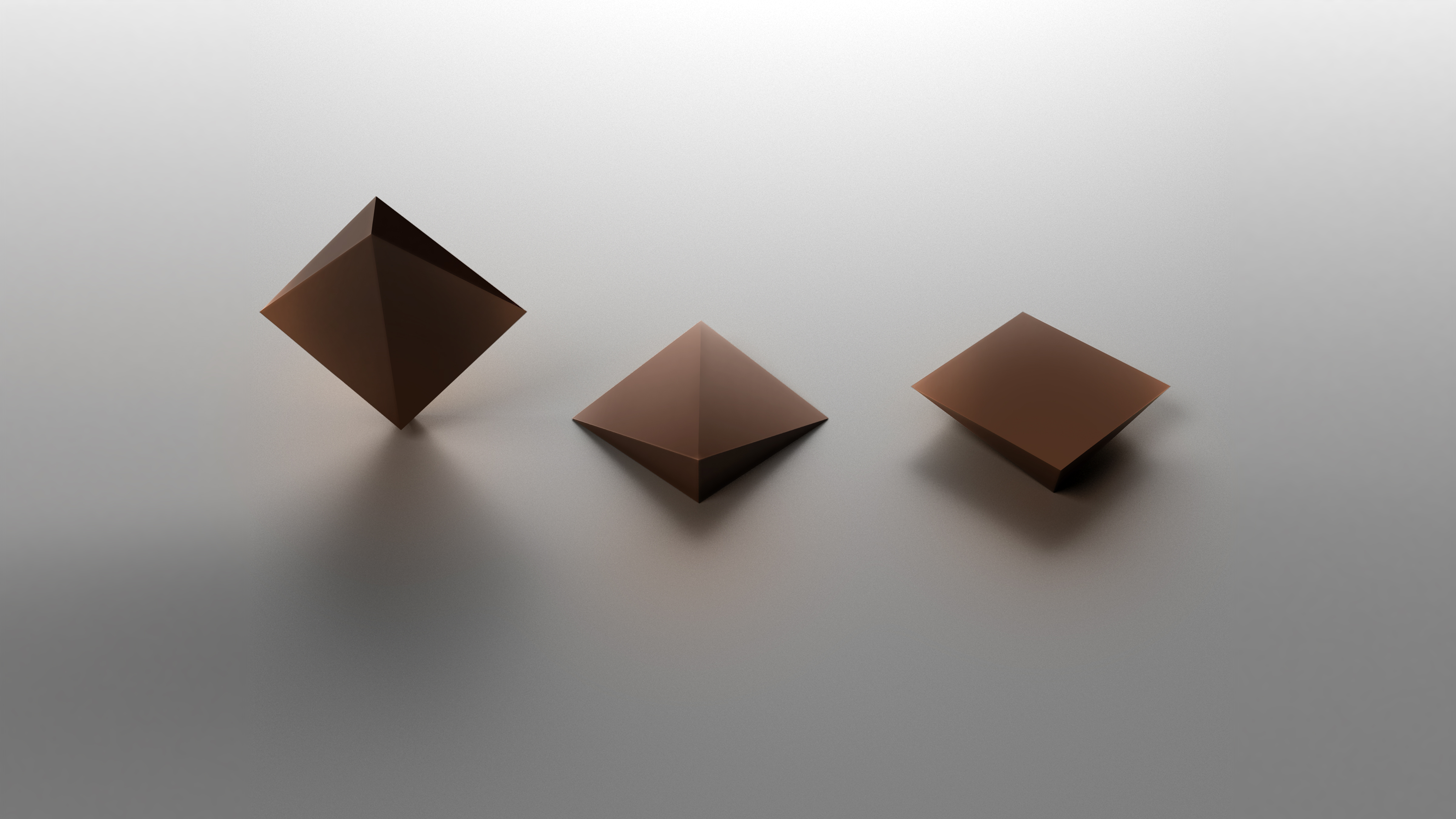Silicon Valley Has Finally Disrupted Chocolate Chips
Like many Americans, a significant part of my diet since mid-March has been cookies. Highbrow, lowbrow, baked, raw—as long as it doesn't have raisins, I'm happy. As a lifelong student of culinary history I can tell you that humankind's cookie baking abilities are the greatest they have ever been, yet the human mind never settles, always pushing cookies toward their apotheosis. And now we have entered the age that Fritz Lang feared predicted, in which technology shall transform us into gods. Those of us who believed that the cookies we have are good enough are not only wrong, but foolish. Chocolate chip cookies have been disrupted at last! The geniuses of Silicon Valley have bestowed upon us a chocolate chip that is worthy to pass the lips of all major and minor deities.
Remy Labesque, a Los Angeles–based industrial engineer who works for Tesla, has reinvented the chocolate chip, using mathematical magic to create a shape that optimizes melting rate. To bring his innovation to life, he's partnered with San Francisco's Dandelion Chocolate, the bean-to-bar company that, as highfalutin as bean-to-bar companies can often come across, really does make a damn fine product.
"The shape of our chip is faceted: The edges of a Dandelion Chocolate chip taper to thin-as-we could-make-'em without compromising structure," said Labesque in an interview posted to Dandelion's website. He goes on:
"This is because the thermal mass of a thin piece of chocolate melts more quickly on the palate. So when you put a Dandelion chip on your tongue, the thin, chiseled edges warm-to-melt nearly instantly. The 3D shape, while simple, we believe is also novel. And this is noteworthy because the world of industrial design is running out of simple forms that haven't been claimed for something already. Beyond that we're proud to have optimized the chocolate chip eating experience as a result of rethinking the humble shape itself."
The New York Post spoke to Dandelion co-founder Todd Masonis, who has a tech background and a degree in symbolic systems with a specialty in computational linguistics from Stanford, about how the chip came to be. Seven years ago, Labesque took a "Chocolate 101" class at Dandelion, which set his creativity alight (when he's not designing god-knows-what for Tesla, he's an inventor and has filed about 20 patents). Before being inspired to create the chocolate chip of the future, Labesque designed a number of dessert-related innovations, such as a cookie holster that attaches to disposable coffee cups and a custom-shaped hot chocolate vial. He quickly became friends with the Dandelion team, and several years ago he presented to them the schematics for the chip of his dreams. Unfortunately, it wasn't that easy to produce.
"We did 3-D renderings of different options for shapes, test prints of a few molds and, of course, baking tests," said Masonis. "We found that if you take a huge chunk of chocolate and put it in your mouth, that taste can be overwhelming... the flat shape helps slow down the experience."
If you'd like to purchase a bag of faceted chocolate chips to experience the magic for yourself, you can get a 5.5-lb. box of Costa Esmeraldas chips from Northern Ecuador for $100. For those of us on a budget, there's a smaller bag available for only $30, which is a fair price to pay if you wish to bake a cookie meant for gods.
